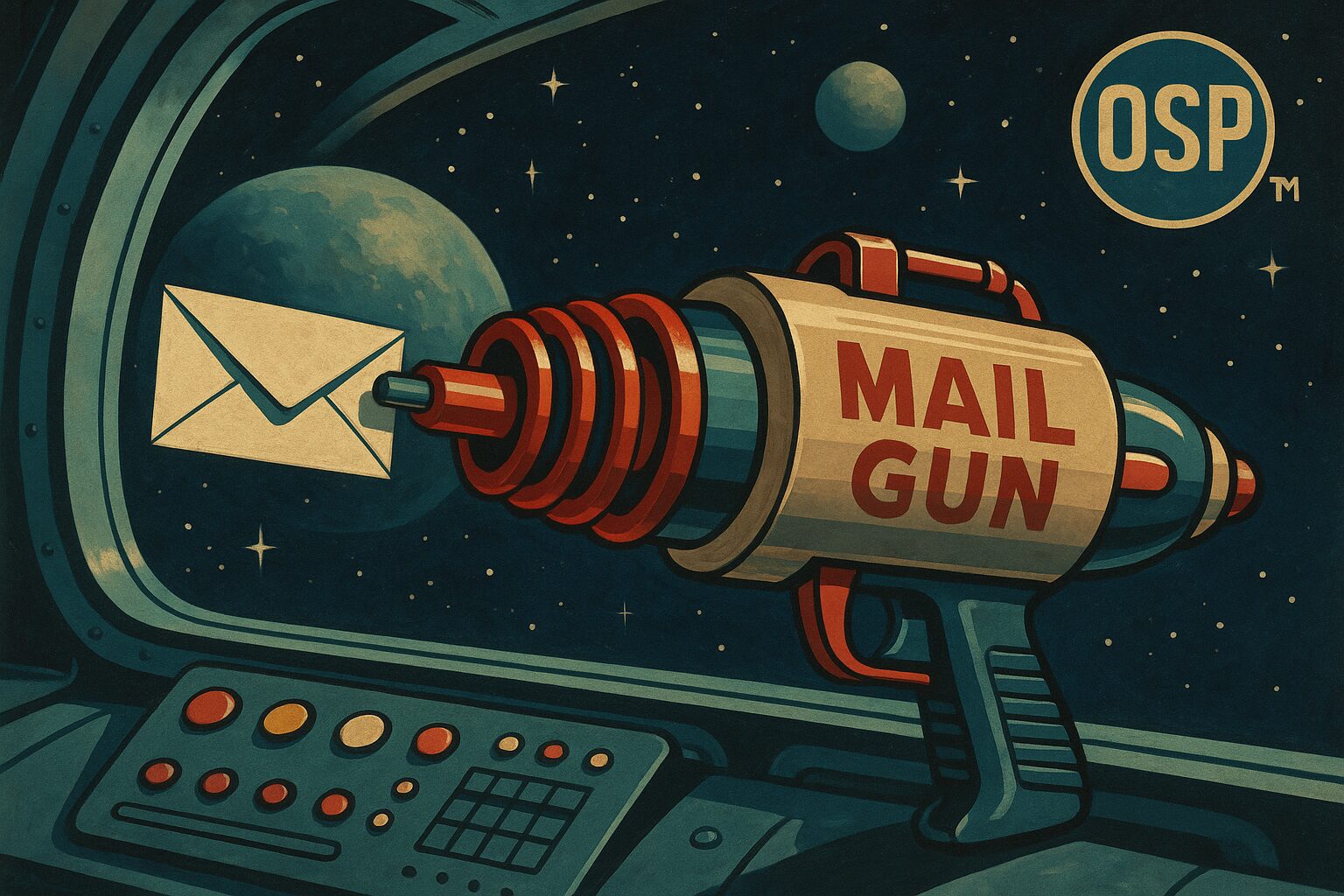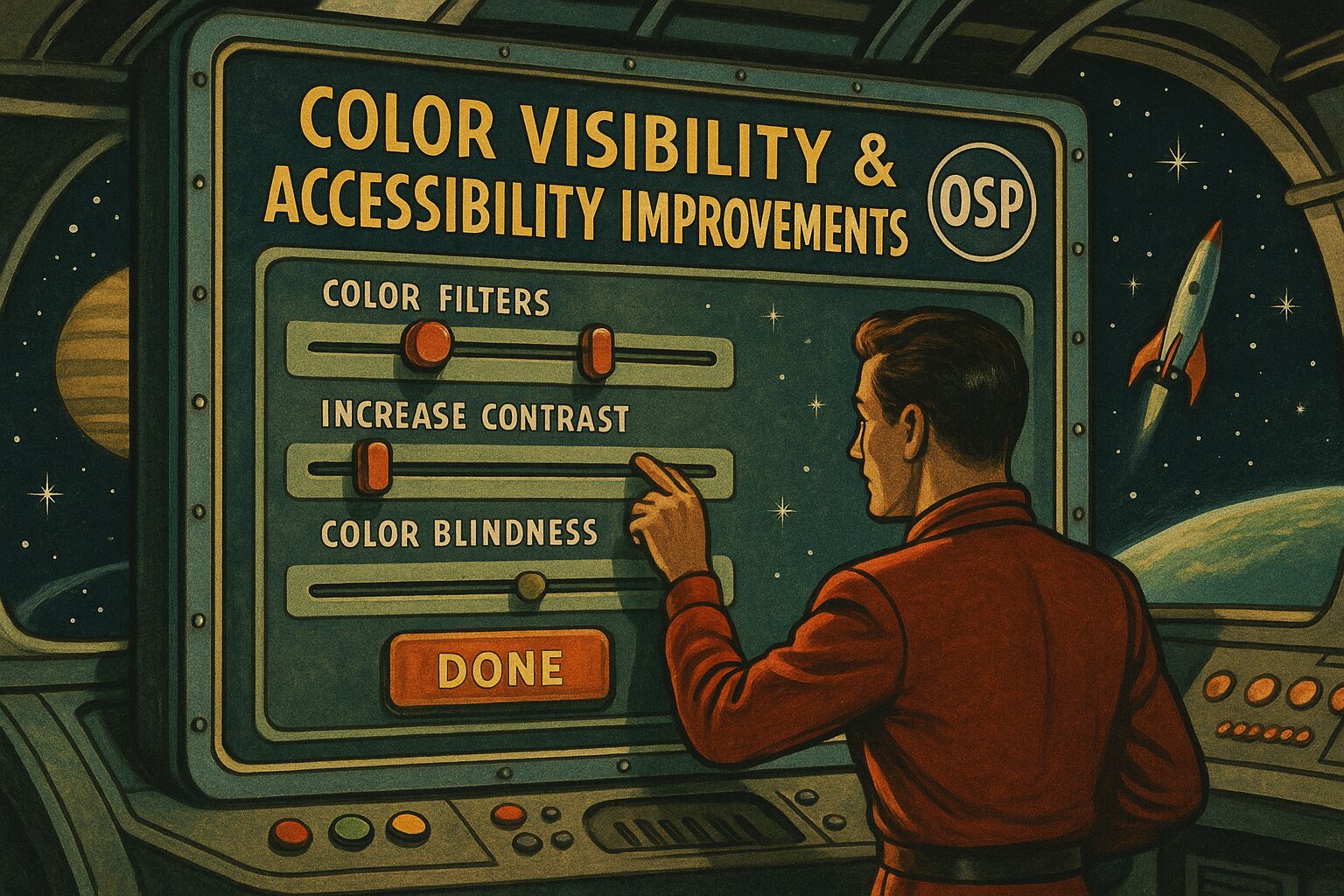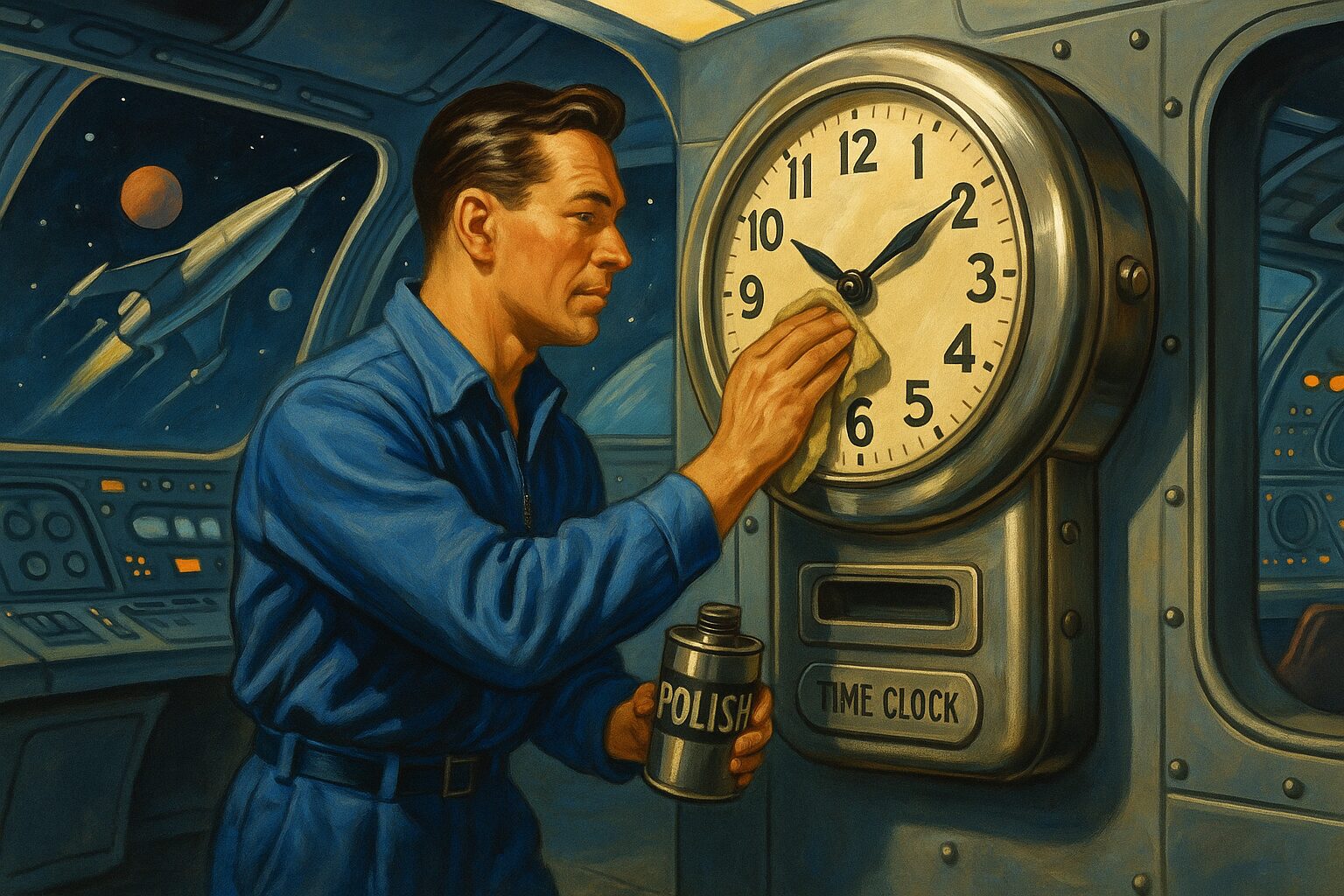Daily Changelog – October 2, 2025
Improvements
- Removed all video game and arcade aesthetic CSS from globals.css including neon effects, pixel animations, glitch effects, and arcade-themed classes
- Eliminated Orbitron font family from tailwind config in favor of Inter and Alderwood typography
- Reduced globals.css from 1073 lines to 115 lines by removing aggressive color override rules and simplifying design token system
- Simplified color token system to use only gray-1 through gray-12 and two yellow accent variables (yellow-9, yellow-11) instead of full 12-shade palettes
- Removed all CSS rules using !important that forced color conversions from blue/purple/cyan to yellow
- Removed semantic color tokens (success, info, danger, alert, neutral) from CSS in favor of intentional Tailwind class usage in components
- Updated @layer base styles to use Tailwind @apply directives for better consistency with design tokens
- Removed glassmorphism effects from Card component in favor of solid backgrounds with subtle shadows
- Simplified Card component from rounded-xl with backdrop-blur to clean rounded-lg with shadow-sm styling
- Updated Button component to use clean minimal variants removing all semantic color options (info, success, danger, alert, neutral)
- Removed arcade styling from Button component including shadow animations and active state transforms
- Changed Button base class to use simple transition-colors instead of complex transition-all with duration
- Rewrote StatusBadge component to use class-variance-authority with clean solid backgrounds instead of semi-transparent overlays
- Updated StatusBadge variants to success, warning, error, neutral, and info with proper contrast ratios
- Changed StatusBadge styling to pill-shaped (rounded-full) badges with consistent spacing and clean typography
- Modernized homepage heading from arcade-style neon effect to clean professional greeting with simple date display
- Simplified homepage stats cards with subtle gray icon backgrounds (bg-neutral/10) instead of bright colored circles
- Reduced homepage hero section complexity removing uppercase styling, Orbitron font, and arcade status text
- Streamlined homepage footer from multi-line status display to single version number line
- Removed gradient background and backdrop filters from CustomNavbar in favor of clean solid background with subtle border
- Reduced navbar height from h-20 to h-16 for more compact professional appearance
- Simplified navbar hover states from bg-accent/60 to bg-muted/50 for subtler interaction feedback
- Changed navbar link styling to use text-muted-foreground with hover:text-foreground instead of opacity-based colors
- Updated admin console styling to use consistent muted backgrounds and simplified transitions
- Removed duration-200 and transition-all animations from navbar in favor of simple transition-colors
- Replaced arcade-card class with bg-card border border-border rounded-lg across 12 TSX files
- Replaced arcade-btn class with px-4 py-2 rounded-md transition-colors button styling sitewide
- Replaced arcade-loader class with standard animate-spin spinner implementation
- Removed all neon-* classes (neon-cyan, neon-pink, neon-purple, neon-orange, neon-green) from entire codebase
- Removed all pixel-* animation classes from components
- Removed all glitch effect classes from headers and titles
- Removed all Orbitron font-family inline styles from TSX files
- Replaced arcadeStyles object in TimeEntryEditModal with clean styles object using standard Tailwind classes
- Replaced arcadeStyles object in time-entry/new page with professional styles removing uppercase and tracking classes
- Replaced arcadeStyles object in settings/pay-periods page with clean professional styling
- Changed homepage greeting initialization from “TIME CLOCK ARCADE” to “Good Day”
- Updated time-entry/new page header from “ADD NEW ENTRY” to “Add New Entry” with descriptive subtitle
- Changed schedules/nexus page title from “[SCHEDULING ARCADE]” to “Schedule Nexus”
- Replaced gaming color variables (neon-pink, neon-cyan gradients) with semantic theme colors (text-primary, text-info)
- Updated TimeEntryEditModal title from “EDIT TIME ENTRY” to “Edit Time Entry” with reduced icon size
- Simplified all loading states from arcade-themed to standard spinner with “Loading…” text
- Removed “PERSONNEL TIME LOGGING SYSTEM” arcade-style subtitle in favor of plain English descriptions
- Standardized all rounded corners from rounded-xl and rounded-2xl to consistent rounded-lg across all pages
- Unified main container padding from py-8 to py-12 for consistent page spacing
- Standardized card padding from p-8 to p-6 across all cards and panels
- Changed grid gaps from gap-8 to gap-6 for more compact, professional layouts
- Reduced large margins from mt-16 to mt-12 for better visual rhythm
- Removed all backdrop-blur effects for cleaner, simpler card styling
- Removed shadow-sm and shadow-xl in favor of simple border-based separation
- Updated time-clock page to use container mx-auto px-4 py-12 max-w-7xl for consistent width
- Changed employees page container padding from py-8 to py-12
- Standardized payroll page grid from gap-8 to gap-6
- Updated payroll card transition from transition-all duration-200 to simple transition-colors
- Fixed error state layouts to use consistent container and card spacing
- Ensured all section spacing uses mb-6, mb-8, or mb-12 from Tailwind scale
- Standardized all page titles (h1) to text-3xl font-semibold across all pages
- Changed section headings (h2) from text-2xl font-bold to text-xl font-semibold
- Updated subsection headings (h3) from text-xl font-bold to text-lg font-semibold or text-base font-semibold
- Replaced all font-bold with font-semibold for headings and labels (except display numbers)
- Removed all uppercase text transforms for more natural, readable typography
- Removed tracking-wide and tracking-wider letter-spacing for cleaner text
- Fixed homepage h1 from text-4xl to text-3xl for consistency
- Updated time-clock page h1 from text-2xl to text-3xl for proper hierarchy
- Changed quick action labels from font-bold to font-medium
- Standardized error messages and alerts to use font-semibold
- Fixed text-muted-foreground900 typos to text-muted-foreground
- Ensured proper text contrast with semantic foreground colors
- Replaced standard Tailwind colors in button.tsx with brand colors (bg-red-600 → bg-[#8F4224], hover:bg-red-700 → hover:bg-[#7E371B])
- Updated status-badge.tsx to use brand colors: success (#718F24), warning (#E5B919), error (#8F4224), info (#3978AC)
- Fixed palette validation build errors by ensuring all background colors use approved brand hex values
- Fixed syntax error in payroll/pay-periods/page.tsx by removing stray comma from style object
- Fixed syntax error in schedules/nexus/page.tsx by removing stray comma from style object
- Fixed syntax error in time-clock/page.tsx by adding missing closing div tag and fixing indentation
- Updated StatusBadge variant from “alert” to “warning” in employee/components/ClockPanel.tsx
- Changed StatusBadge variant from “alert” to “warning” in time-off-requests/page.tsx
- Updated StatusBadge variant from “alert” to “warning” in entries/page.tsx for consistency
- Changed Button variant from “error” to “destructive” in schedules/weekly-schedules/[weekStart]/page.tsx
- Updated SemanticVariant type in variant-map.tsx from alert/danger to warning/error
- Fixed statusToVariant function to return warning instead of alert for pending/paused statuses
- Fixed priorityToVariant function to return error/warning instead of danger/alert
- Updated getVariantIcon function to handle warning and error variants
- Replaced all StatusBadge variant=”danger” with variant=”error” across entire codebase
- Replaced all StatusBadge variant=”alert” with variant=”warning” across entire codebase
- Fixed variant comparisons in entries/page.tsx to use warning/error instead of alert/danger
- Updated sick-days page to use error/warning variants instead of danger/alert
- Updated tasks page subtask badges to use error/warning variants
- Removed withIcon prop from StatusBadge components (not supported by component)
- Replaced all CSS color variables with warm palette from mama-tried-fulfillment app (#8F6624 primary, #E5B919 accent, #8F4224 destructive)
- Updated light theme colors to use warm off-white (#FDFDFC) background with warm foreground (#120E07) for better color temperature
- Updated dark theme colors to use warm dark brown backgrounds (#120E07, #1A1612) instead of cold grays
- Changed muted backgrounds from gray (#eff0f3) to warm beige (#F4F3F1) for warmer overall appearance
- Updated border colors from neutral gray (#d8d9e0) to warm tan (#D1CDC7) matching fulfillment app
- Added primary color scale (100-900) to Tailwind config with warm amber/gold shades from fulfillment app
- Added gray color scale (100-900) with warm gray tones matching fulfillment app palette
- Updated Button component to match fulfillment app exactly with gap-2, svg sizing, and ring-offset-2 focus states
- Changed Button hover states from opacity changes to bg-primary with opacity-90 for consistent warm feel
- Added primary and success button variants to match fulfillment app button options
- Updated Input component to match fulfillment app with file:text-foreground styling and responsive text sizing (text-base md:text-sm)
- Changed Table wrapper from rounded-xl with backdrop-blur to rounded-md with solid bg-white/dark:bg-card matching fulfillment app
- Updated Table default zebra striping to false to match cleaner fulfillment app table aesthetic
- Changed TableRow hover state from hover:bg-muted to hover:bg-muted/50 for subtler interaction
- Updated TableHeader and TableHead backgrounds from bg-muted/30 to full bg-muted for stronger header contrast
- Changed container padding to match fulfillment app exactly (px-4 md:px-8 lg:px-16)
- Updated navbar styling from backdrop-blur to solid bg-card with shadow-sm for cleaner appearance
- Changed navbar padding to match fulfillment app container width system
- Applied font-alderwood and text-primary to all major page headings for consistent brand typography
- Updated EmployeePageHeader to use primary colors instead of info blue for brand consistency
- Changed homepage greeting to use Alderwood font with primary color for warm branded appearance
- Updated task management page title to use Alderwood font with primary color
- Changed employee portal welcome header to use Alderwood font with primary color for brand identity
- Fixed palette validation error by replacing bg-green-600/bg-green-700 with approved brand green colors (#718F24/#627E1B)
- Updated Textarea component to match fulfillment app with responsive text sizing (text-base md:text-sm)
- Updated Badge component variants to use approved brand colors from brand_colors.svg palette
- Changed Badge warning variant to use Alert palette (#F7F0D4 light, #614D05 text, #F5E3A3 hover)
- Updated Badge success variant to use Success palette (#F3F5F0 light, #42570F text, #D3DBBD hover)
- Changed Badge info variant to use Info palette (#F0F3F5 light, #0F3757 text, #BDCEDB hover)
- Updated Badge processing variant to use warm gray tones for neutral status indication
- Added dark mode variants for all Badge colors maintaining brand palette consistency
Notes
- Design system now follows modern SaaS aesthetic similar to Linear, Vercel, and Notion with minimal styling and intentional color usage
- Components now use proper Tailwind utilities and design tokens without fighting CSS override rules
- Color decisions are now made at the component level rather than forced through global CSS overrides
- All pages now use consistent spacing scale (p-4, p-6, gap-4, gap-6, mb-6, mb-8, mb-12) for professional rhythm
- Container widths standardized with max-w-7xl for main content areas and max-w-6xl for centered grids
- Spacing system creates breathable layouts with predictable visual hierarchy
- Typography hierarchy now consistent: h1 (text-3xl font-semibold), h2 (text-xl font-semibold), h3 (text-lg/base font-semibold)
- All uppercase transforms and excessive letter-spacing removed for natural readability
- Font weights simplified to semibold for headings, medium for labels, normal for body text
- Time Clock app now visually matches mama-tried-fulfillment app with identical color palette, warm temperature, and consistent component styling
- Both apps share warm amber/gold primary colors (#8F6624), warm backgrounds, and Alderwood font for headers creating unified Orchard Street Press brand identity
- Table styling now consistent between apps with clean borders, muted headers, and subtle hover states
- Button and input components use identical styling patterns for seamless cross-app consistency
- Container widths and padding match exactly between apps for unified layout experience




